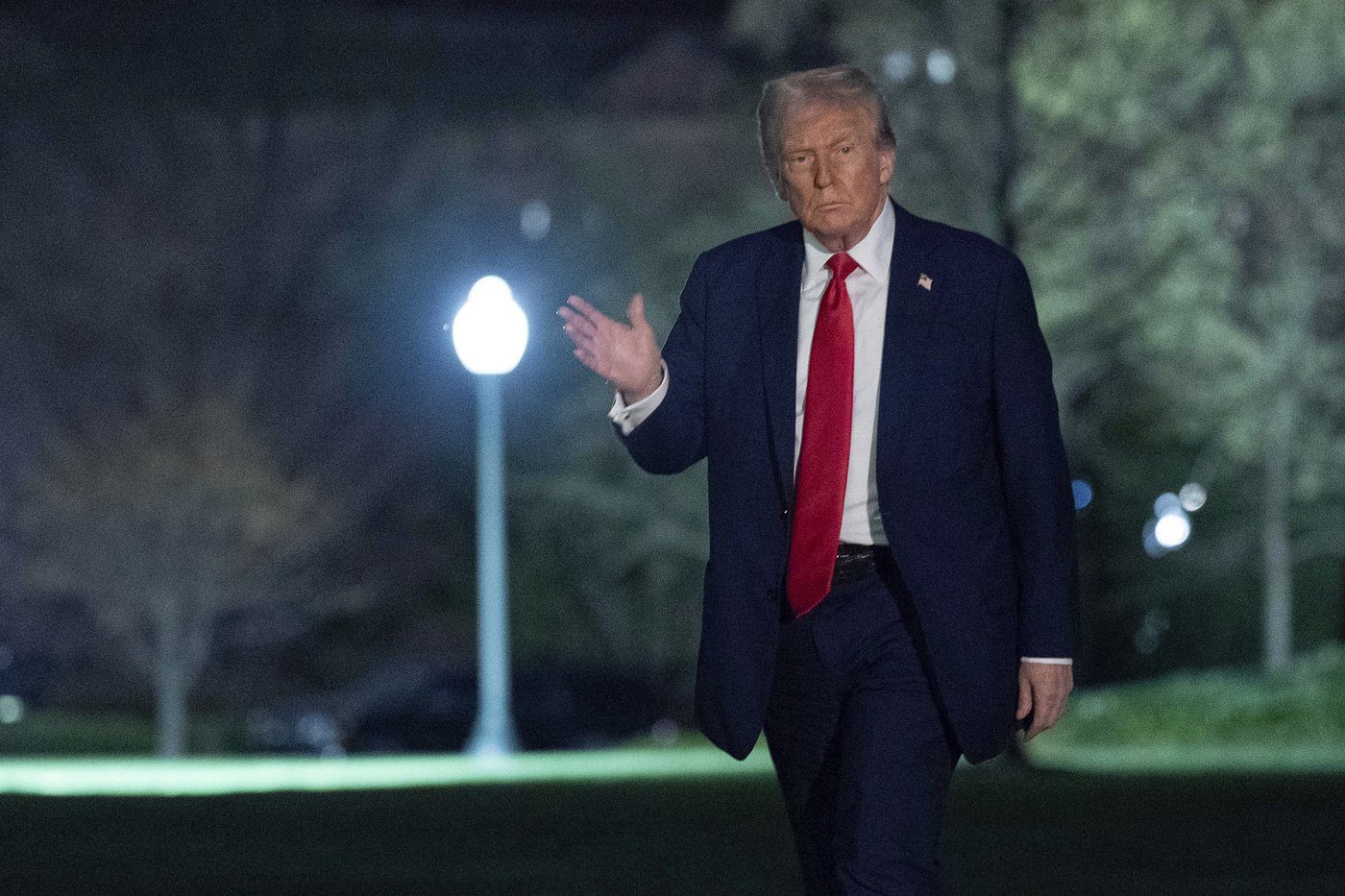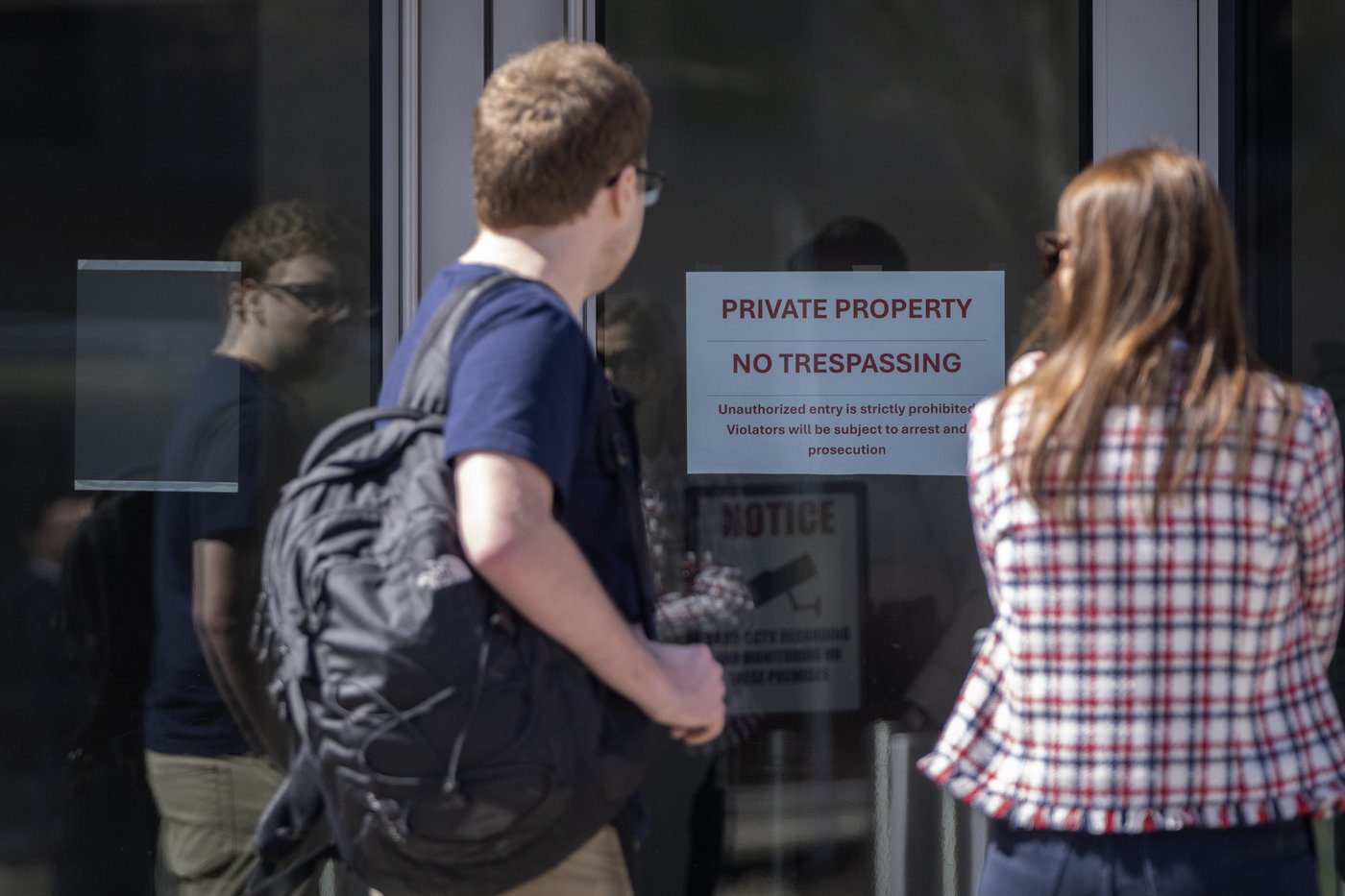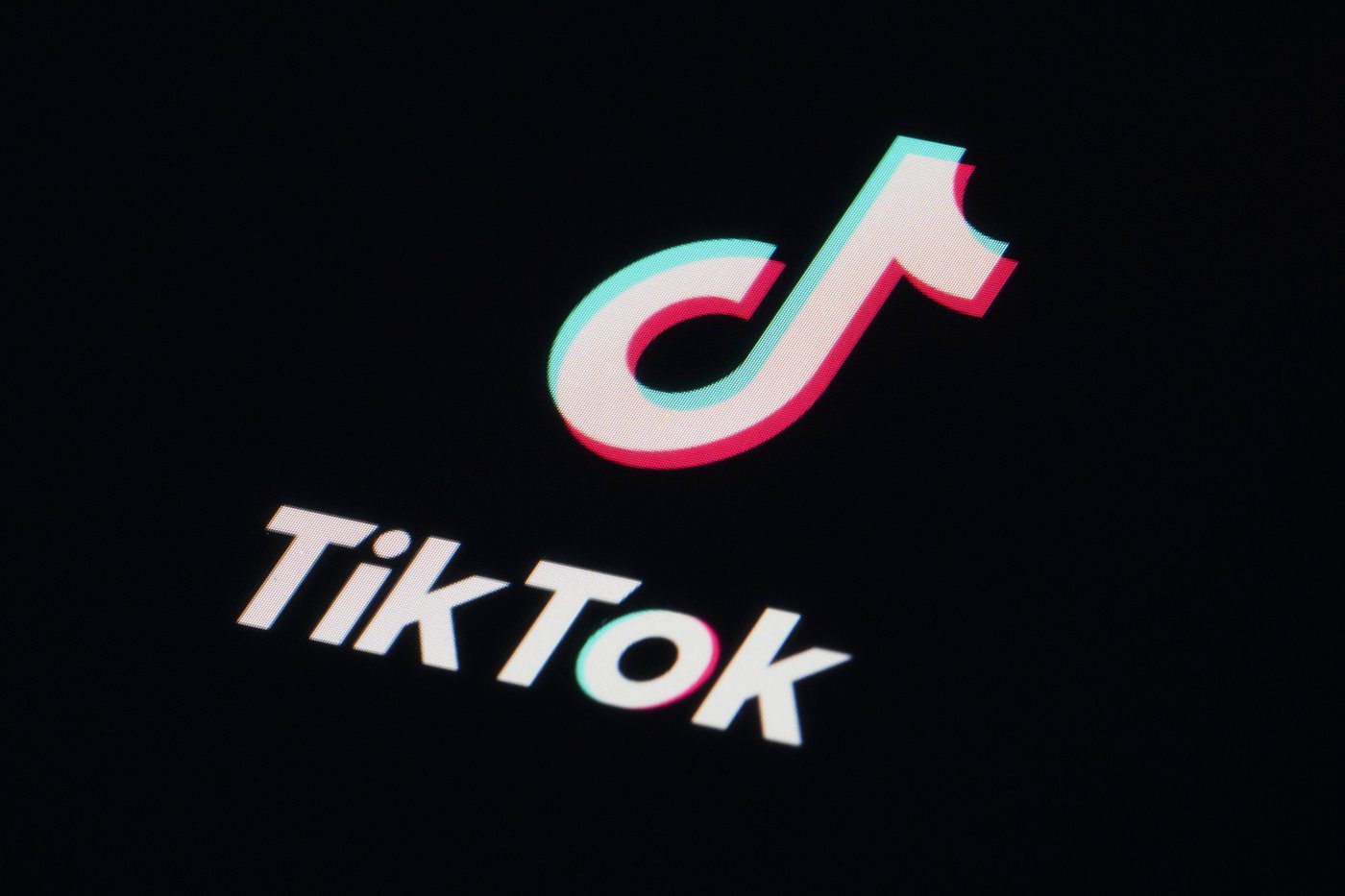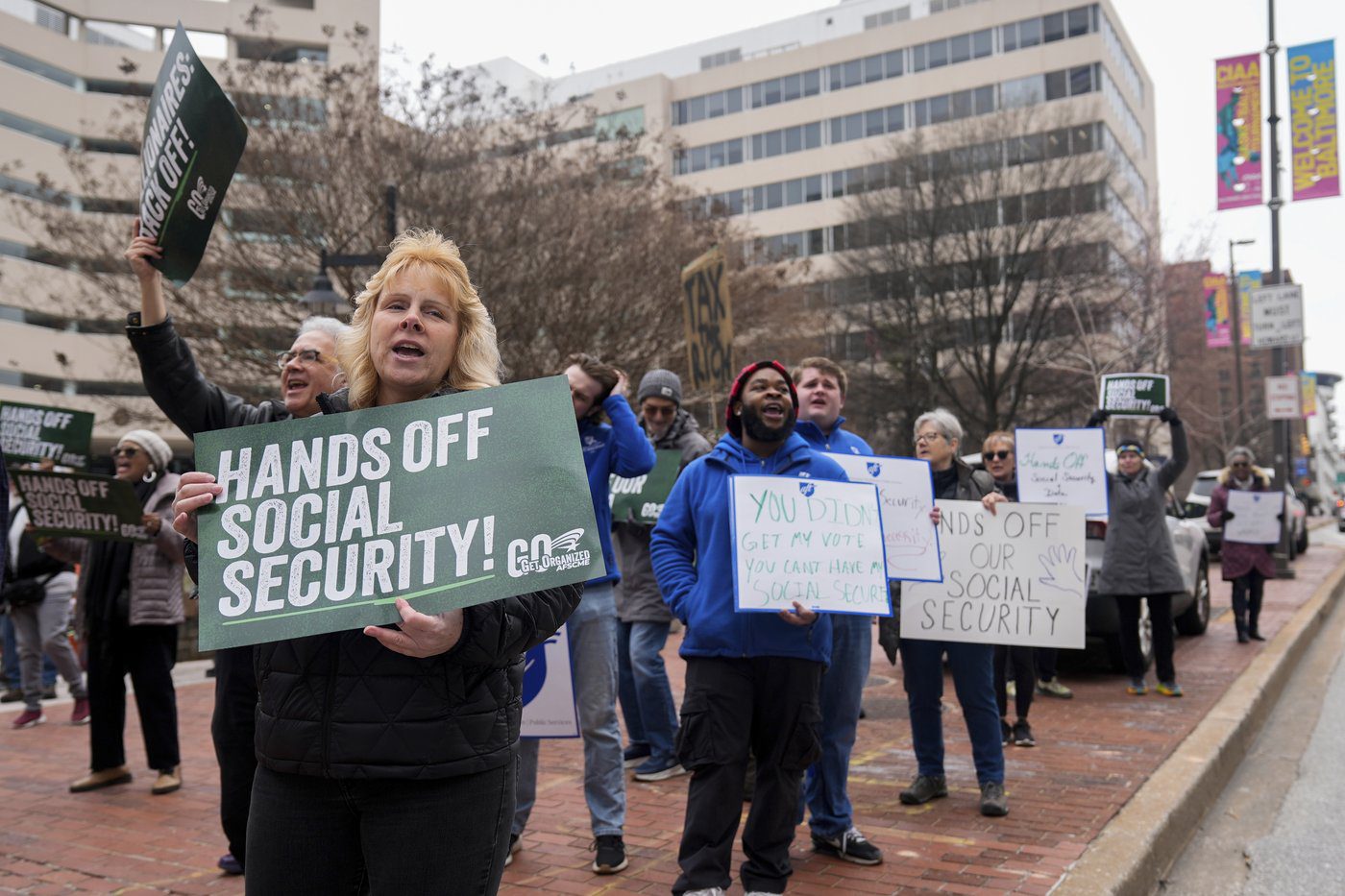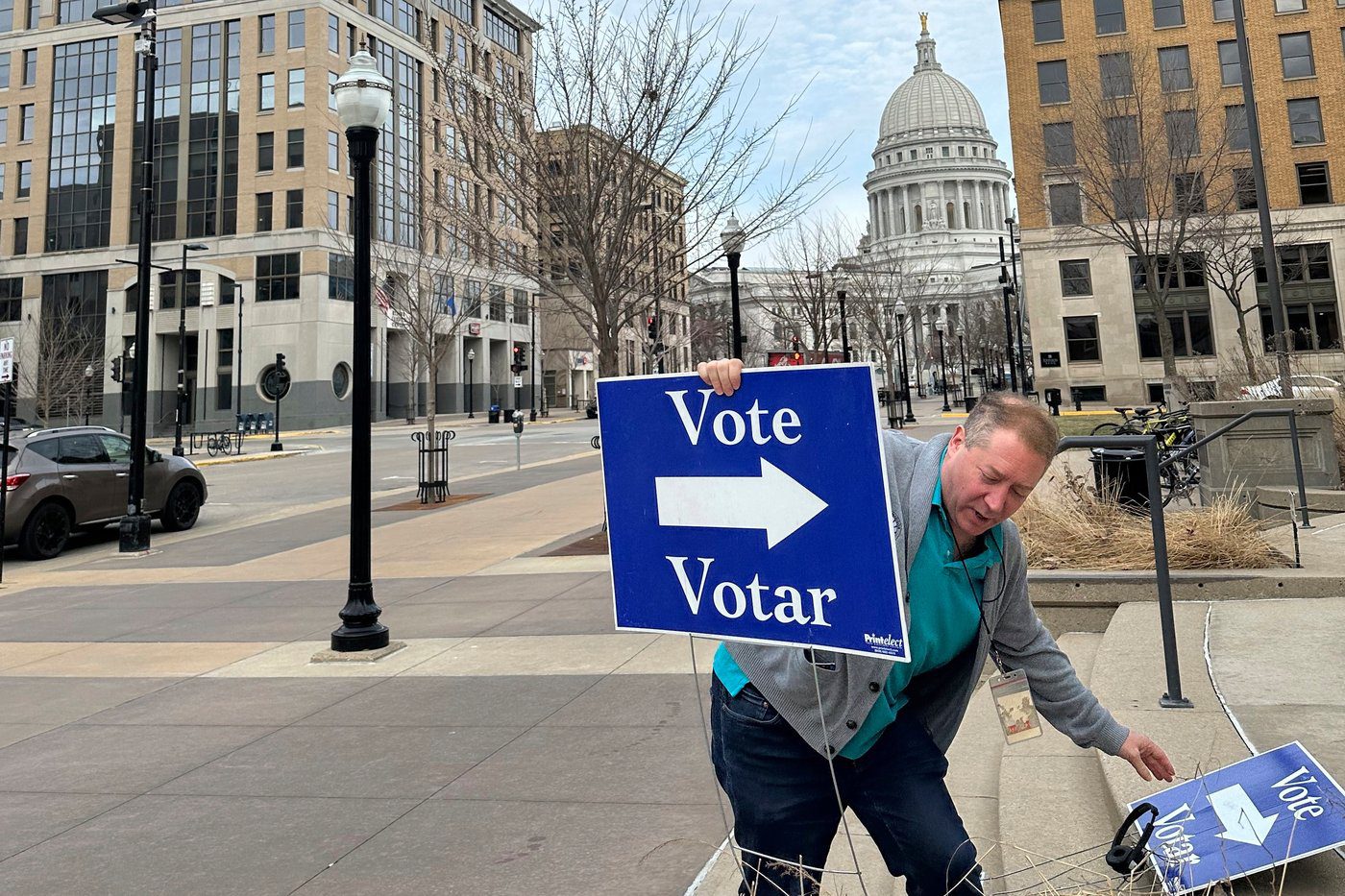WASHINGTON (AP) — President Donald Trump says his tariff announcements slated for Wednesday will amount to a “Liberation Day” for the United States. But American businesses and financial markets are unlikely to be freed from the uncertainty generated by his often stop-and-go trade policy.
Some big questions will be resolved when Trump announces what are expected to be reciprocal tariffs that involve raising U.S. import duties to be equal to the levies that other countries impose on U.S. goods. Companies will have a greater sense of how many countries will be affected, and how high the duties will be.
Yet questions will still swirl around trade and tariffs for months to come, economists say. More tariffs are in the pipeline and could target specific industries such as pharmaceuticals, copper and lumber. And the United States may reach deals with other countries that could alter the reciprocal tariffs. There will also be countless details that could take months to resolve to determine precisely which imports will be hit with taxes.
As a result, few analysts expect Wednesday’s announcement to bring the certainty that many businesses — and Wall Street investors — crave.
“April 2 is when this all kicks off, it’s not when all of this ends,” said Kelly Ann Shaw, a former senior White House trade adviser during Trump’s first term. “At some point this will settle. But because we’re at the very beginning of what will fundamentally be a total rethink of the global trading system, there are going to be a lot more questions than answers in the near term.”
For now, a measure of economic policy uncertainty maintained by Nicholas Bloom, a Stanford University economist and two colleagues, is at its highest level — outside of the pandemic — since its inception in 1985.
When businesses are unsure about where economic policy is headed, they are more likely to put major spending projects on hold and slow hiring, Bloom said. And when unsure, consumers typically take a more cautious approach to spending.
“April 2 could reduce uncertainty if this is a once and final announcement on tariffs,” Bloom said. “But I suspect it will be one of a series on ongoing announcements.”
Trump “has been unequivocally clear for decades about the need to restore American greatness,” said White House spokesman Kush Desai. “America cannot just be an assembler of foreign-made parts — we must become a manufacturing powerhouse that dominates every step of the supply chain of industries that are critical for our national security and economic interests.”
Randy Carr, CEO of World Emblem, said he expects the products he makes in Mexico and Canada will face a 25% tariff as soon as Wednesday. The company has already notified customers that it will raise prices 8%. World Emblem makes badges, patches and labels for companies, universities and law enforcement agencies.
In February, Carr put about $9 million in investment on hold, most of which he planned to spend on artificial intelligence and online commerce. He has started to spend some of that money but is doing so more slowly than he would prefer.
“We don’t know if we’ll need the money for tariffs,” he said. “Who knows what will happen on Wednesday.”
Already in place are duties on cars, steel, aluminum and all imports from China. Surveys have found widespread uncertainty among manufacturing firms and even oil company executives, who say that higher costs for steel pipe will cut into their profits.
Emerald Packaging, which makes packaging for produce and whose clients include Walmart and Kroger, is holding back on investment for now, given the uncertainty.
CEO Kevin Kelly said the Union City, California-based company learned a big lesson during the height of the pandemic. It started 2021 with $7 million in cash but depleted its reserves by year-end because of the costs of navigating supply chain snarls.
“We’re not spending any money right now,” he said. “We’re trying to build cash … because we’ll need a cushion.”
One reason the cloudy outlook surrounding tariffs is likely to remain for months is that Trump wants to maintain some uncertainty about his next steps as a negotiating strategy, Shaw said.
“Intentional ambiguity is a key component” of his approach to trade talks, Shaw said. Those negotiations will likely start after reciprocal duties are announced and could take months to resolve.
At the same time, Trump is due to receive a series of reports this week on other countries’ trade policies, including tariffs but also the subsidies, currency manipulation and tax policies that Trump officials say can distort trade. Those reports could prompt further steps.
And then there is Trump’s confessed love of tariffs and his willingness to use them for a variety of policy goals, including raising revenue, forcing action on fentanyl trafficking and bringing back manufacturing. The White House has also said it will slap 25% tariffs on any country that imports oil from Venezuela, though that also includes the United States.
“Given that tariffs seem to be an answer for every problem, who knows what might happen next and what will lead to yet another ad hoc round of tariffs?’’ said Marc Busch, professor of international business diplomacy at Georgetown University.
A big question for the economy is how long this might last.
Matthew Luzzetti, an economist at Deutsche Bank, said that even if Wednesday’s announcement were the final word on tariffs, the uncertainty around the president’s actions so far could drag down growth by about 1% for several quarters.
“If that uncertainty were to extend further, or remain elevated for longer, that would only amplify the effects,” Luzzetti said.
Neil Bradley, chief policy officer at the U.S. Chamber of Commerce, said that even with more certainty, adding tariffs will harm the economy.
“To the extent that April 2 provides clarity, then you can begin to make adjustments and plans,” Bradley said. “But having certainty about economically harmful policies is not a positive.”
___
Associated Press Retail Writer Anne D’Innocenzio in New York contributed to this report.
Christopher Rugaber And Paul Wiseman, The Associated Press





